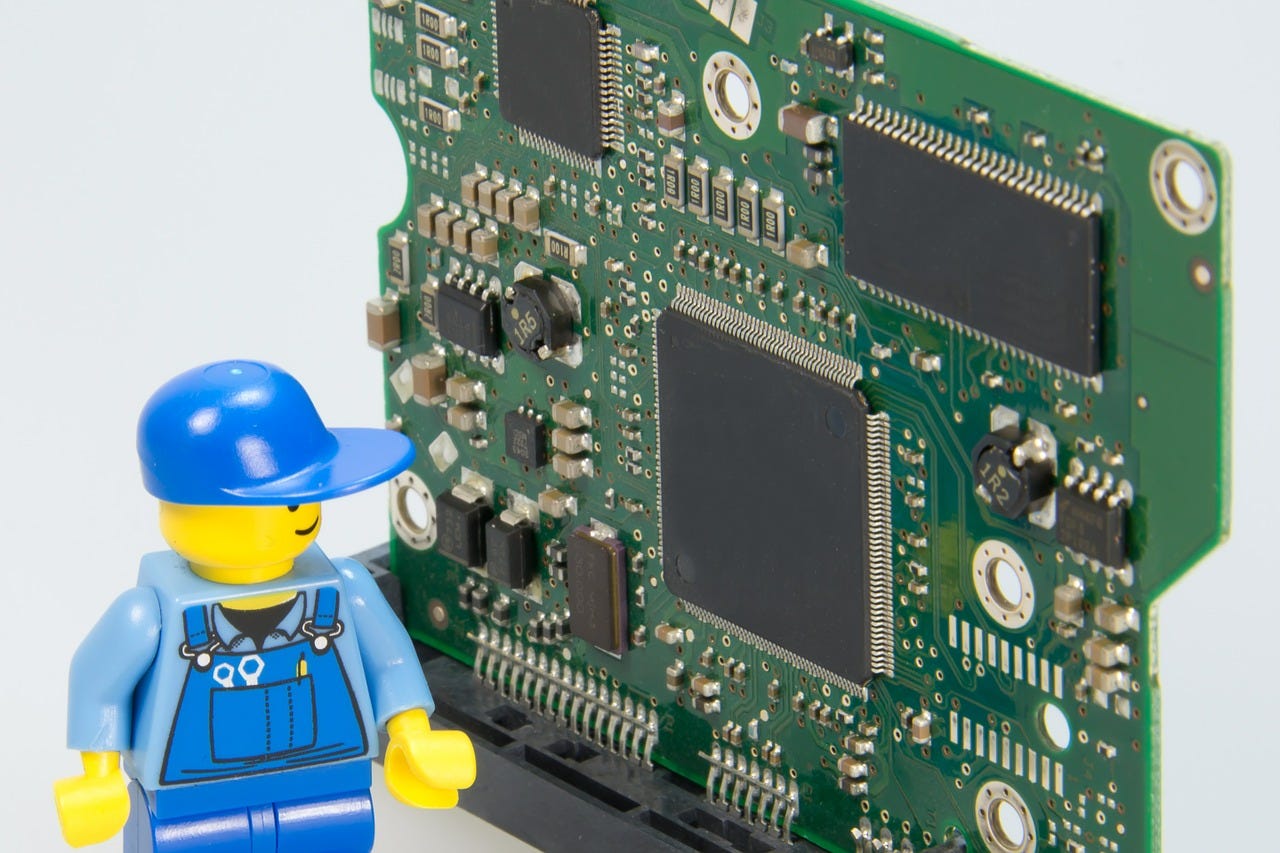

You might be used to designing a simple board where most of your focused time is on component placement and routing. What makes high speed design so unique is the amount of attention paid to these issues. To put it simply, high speed PCB design is any design where the integrity of your signals starts to be affected by the physical characteristics of your circuit board, like your layout, packaging, layer stackup, interconnections, etc… If you start designing boards and run into problems like delays, attenuation, crosstalk, reflections, or emissions, then congratulations! You’ve found yourself in the world of high speed PCB design.


Rather, what you’ll find within is a very basic explanation of high-speed design, written for someone that just develops regular circuit boards and wants to know what’s beyond the horizon. We are by no means trying to cover everything there is to know about high-speed design. The truth is, there are engineers out there with doctorates that devote their entire lives to studying high-speed PCB design, like Lee Ritchey at Speeding Edge Circuits. And when this happens, you better strap on your boots, because you’ll be wading through some really deep information. For good reason, those aren’t the kind of problems that you solve in your day-to-day work.īut sooner or later you might have a high speed PCB project slapped down on your desk. Is this the world of PCB design that you know? The one where you spend most of your time selecting the right components, getting them all placed on your board layout, wiring everything up with traces, and sending your files off to your manufacturer? At this stage, you’re probably designing standard boards, and if someone were to mention signal integrity, crosstalk, or reflections, you’d likely feel lost. What Is High Speed PCB Design? An Introduction For the Complete Beginner


 0 kommentar(er)
0 kommentar(er)
